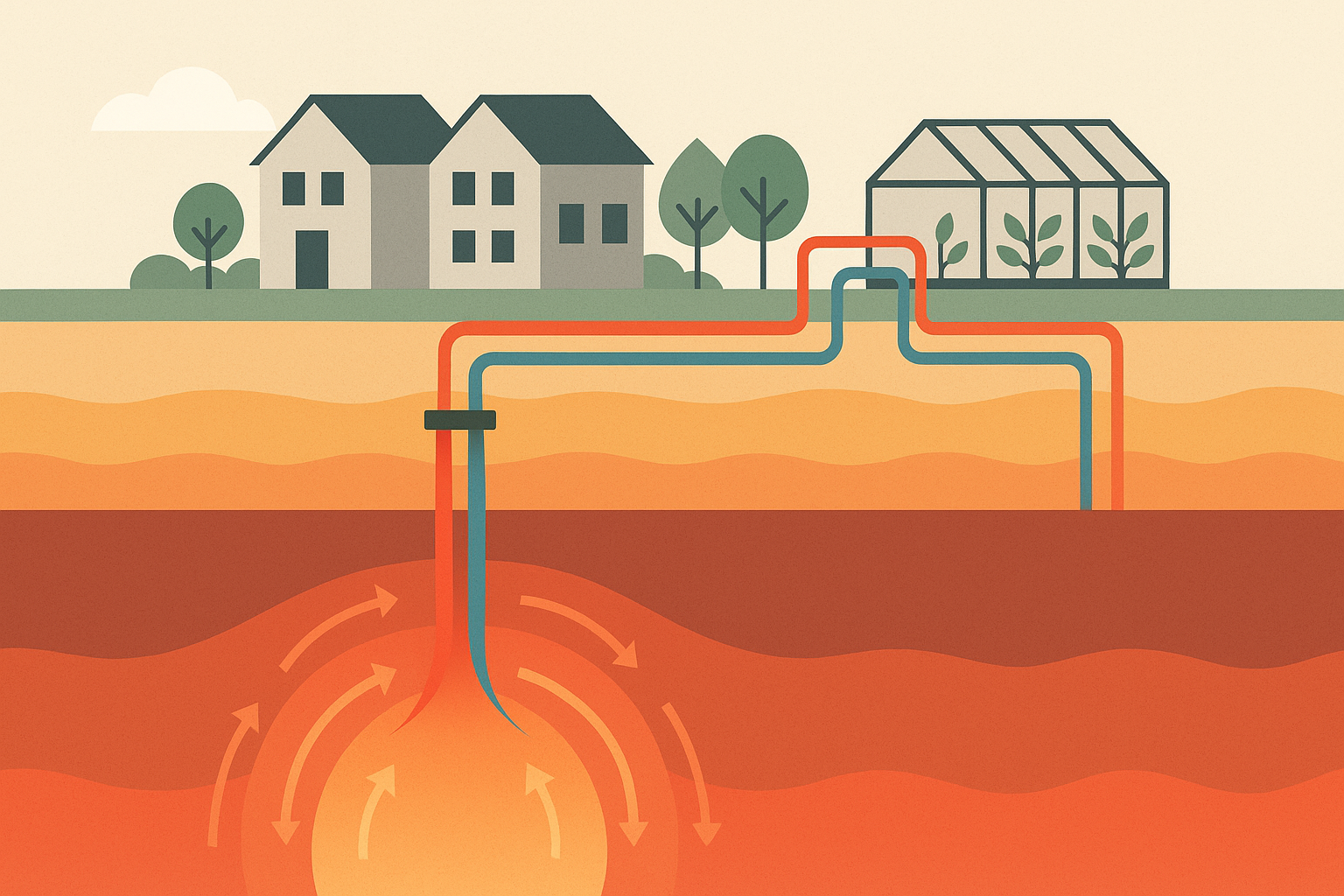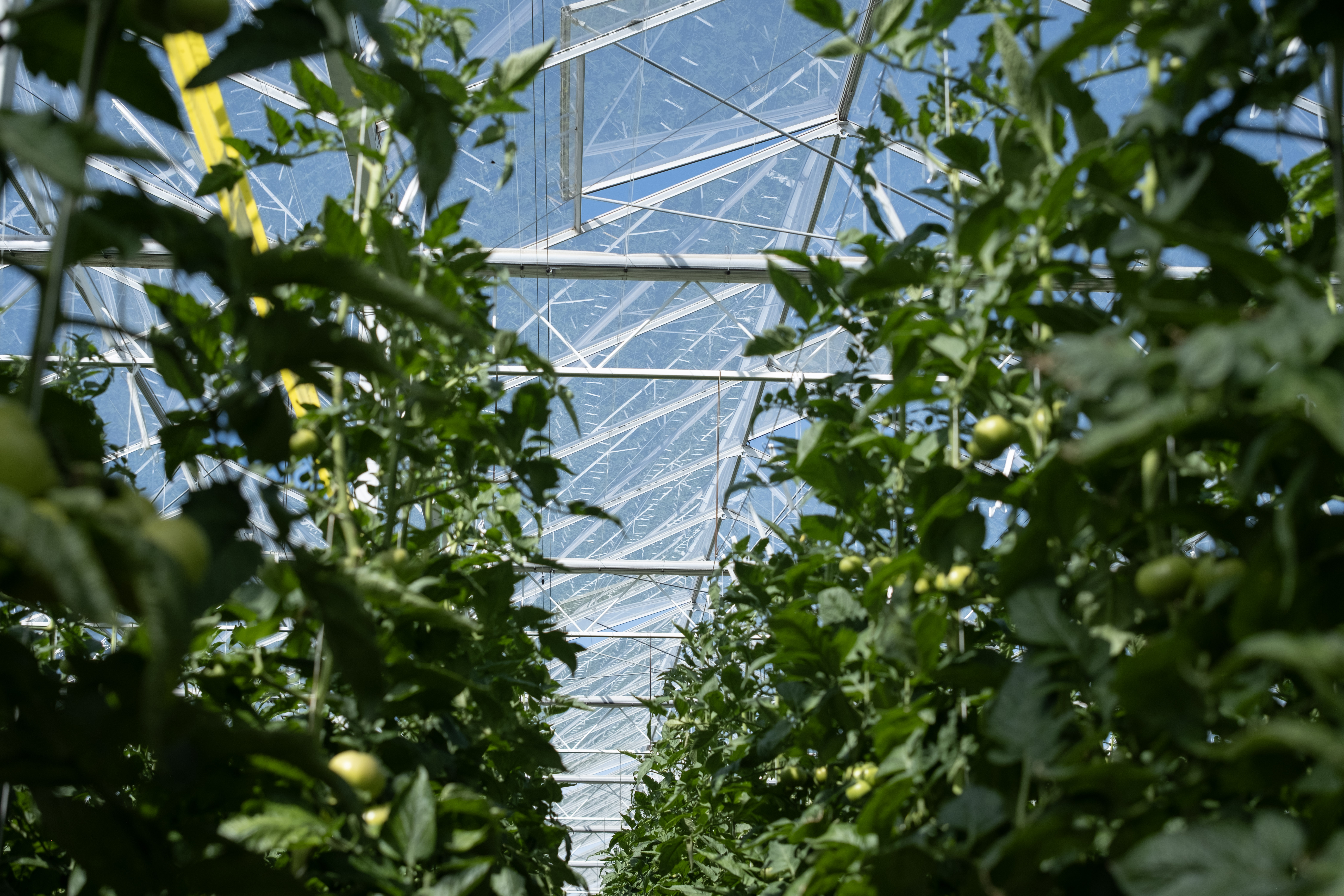What role does geothermal energy play in the heat transition in the Netherlands?

Heat transition in the Netherlands: more than just electricity
The switch to a sustainable energy supply is in full swing. The focus is often on solar and wind energy, while making our heat supply more sustainable is just as important. After all, heat accounts for the largest part of our energy consumption. Today, most of this heat is still generated with natural gas. In order to achieve the climate goals, this must change.
The heat transition is about switching from fossil to sustainable sources of heat. This is crucial, because in the Netherlands, heat consumption is higher than electricity consumption.
Sustainable sources of heat include:
- Waste heat
- Solar thermal
- Heat from surface water
- Soil energy
- Geothermal energy
Of all these sources, geothermal energy has unique advantages: it is low in CO₂, reliable and available 24/7.
Why is geothermal heat so suitable as a sustainable heat source?
- Low-CO₂ heat: When geothermal energy is used, hardly any emissions are released.
- Trustworthy: Geothermal energy provides constant heat, day and night, summer and winter.
- Local: The heat is extracted in your own region, so that transport losses are limited.
- Scalable: One geothermal source can provide between 4,000 and 7,000 homes or large greenhouses with sustainable heat.
According to research, geothermal energy in the Netherlands can potentially cover around 26% of the heat demand in the built environment. This makes it an essential building block in the heat transition.
How does geothermal energy contribute to the heat transition?
- Natural gas replacement
- Geothermal energy can be used directly via a heat network. For example, the classic natural gas boiler is being replaced by a sustainable heat source.
- Base load for heat networks
- Without stable sources, heat networks are difficult to profitable. Geothermal energy provides the constant base load that is required.
- Geothermal energy and greenhouse horticulture
- The Dutch horticultural sector is a major consumer of heat. More and more greenhouses are switching to geothermal energy to significantly reduce gas consumption and CO₂ emissions.
- Ultra-deep geothermal energy for industry
- At a depth of more than 4 km, water can reach 120 °C. This ultra-deep geothermal energy also makes it possible to make light industrial processes more sustainable.
Challenges and success factors
While the potential is great, there are also challenges:
- High investment costs for developing a geothermal source
- Reliable knowledge of the subsoil is necessary to limit risks
- A good connection between the subsoil (geothermal source) and topsoil (heat network, customers) is crucial
Success is only possible through cooperation between municipalities, energy companies, residents and knowledge institutions.
Conclusion: geothermal energy is indispensable for the heat transition
Making the heat supply more sustainable is an enormous challenge, but also an opportunity. Geothermal energy can make the difference here: sustainable, locally available and reliable. It can provide a large part of our homes, buildings and greenhouses with low-CO₂ heat.
At Gaia Energy, we believe that geothermal energy is the silent engine of the heat transition. It is exactly the clean and constant energy source that the Netherlands needs to say goodbye to natural gas step by step.


